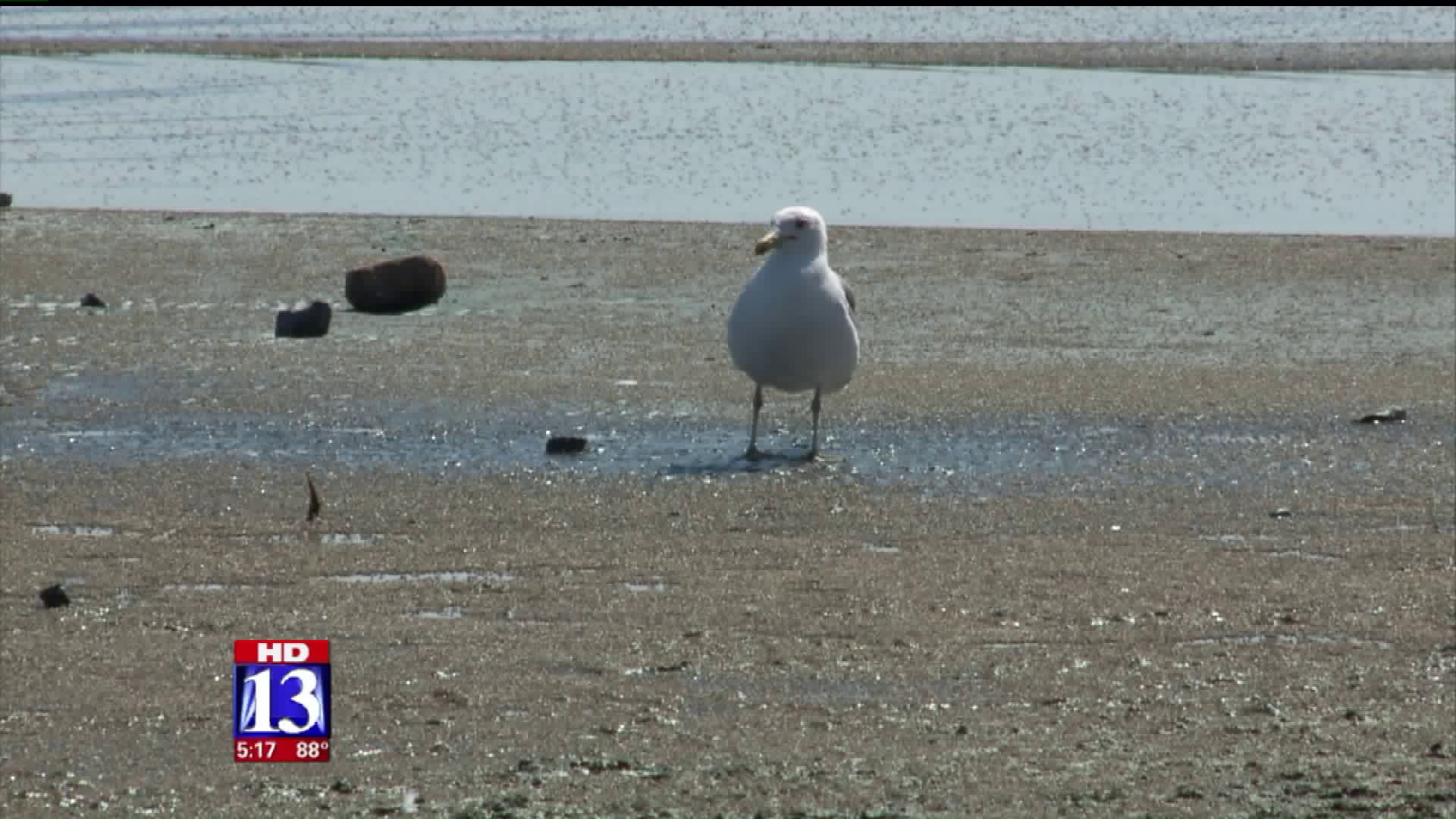GREAT SALT LAKE, Utah -- Eared Grebes, Wilson Phalaropes, American Avocets, Black-necked Stilts, Snowy Plovers, White Pelicans and White-faced Ibis.
Those are just a few of bird species that rely on the Great Salt Lake as a nesting habitat or staging area for a significant portion of their worldwide population.
It's one of the reasons the National Audubon Society has hired Marcelle Shoop to direct the Saline Lakes Project, which is looking at maintaining and improving habitat provided by salt water lakes in the western United States.
"The Great Salt Lake is both internationally and hemispherically important," Shoop said.
Shoop works out of Utah, with the Great Salt Lake as a centerpiece for the Project.
"The state has the chance to make water decisions now where they can proactively think about what the healthy lake looks like," Shoop said.
From Audubon's perspective, the lake is threatened largely by upstream diversion, and they worry about the state mandated Bear River Project that would dam the lake's largest in-flowing river.
"Anything that's going to increase diversions from the Great Salt Lake is a huge concern," Shoop said.
Lowering lake levels can lead to increased salinity that could kill brine shrimp, which form the basis of the Great Salt Lake food chain. There are already large swaths of the lake to the north that don't support life.
Lower water levels also uncover hundreds of miles of dry lake bed, creating the ongoing potential for harmful dust to blow over the Wasatch Front.
"It makes me want to cry. When you think of what was here and what we have now, it's depressing," said Deborah Drain, Conservation Director for Great Salt Lake Audubon.
The team of advisers tasked by Utah Governor Gary Herbert to come up with a 50-year strategy for water use acknowledged the problem in their just-released report.
"Utah's system of water rights treats any water that enters the lake as wasted and affords no real legal tools to protect or manage that natural resource," the advisory team wrote, echoing concerns from environmentalists.
Still, the report assumed that the state would move forward with the Bear River Project, though perhaps with some delay if conservation were to work.




